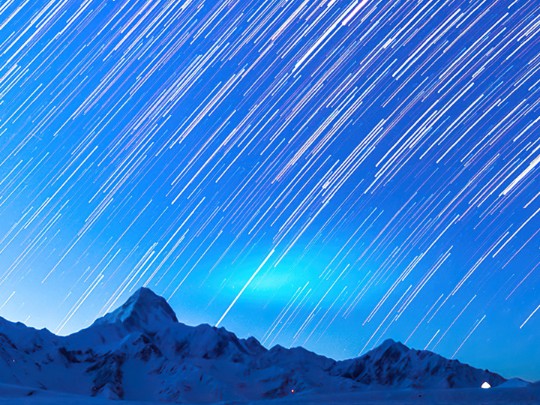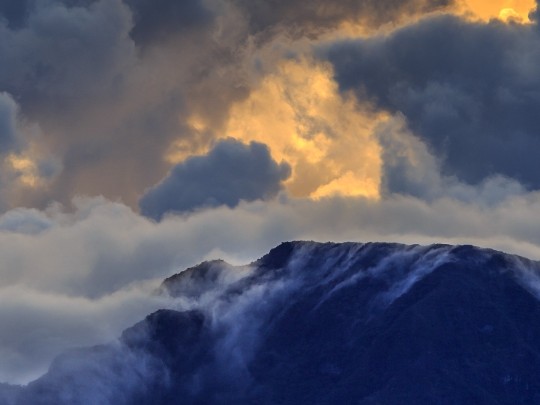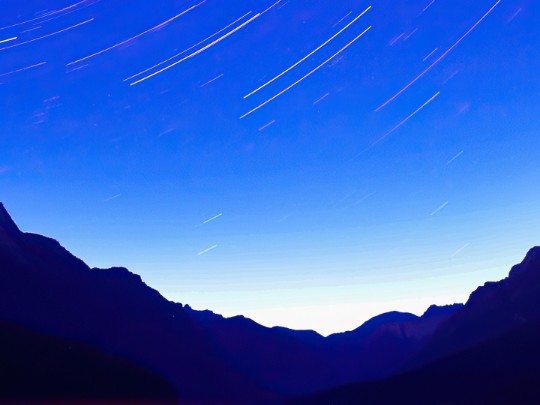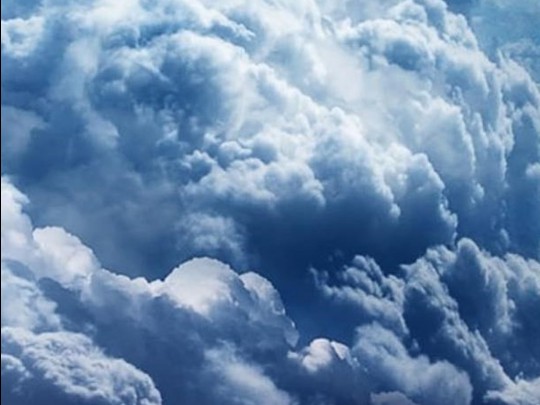Chasing Starlight: Photographing Stunning Star Trails Over Canadian Rockies

The Magic of Star Trails: A Timeless Appeal
For centuries, humans have been mesmerized by the night sky. Few photographic techniques capture this wonder quite like star trails. Picture this: the jagged peaks of the Canadian Rockies, dusted with snow, standing guard beneath a deep, dark sky, crisscrossed by the swirling, luminous paths of stars. It's a breathtaking scene, and one you can create yourself with the right knowledge and a little perseverance.
Planning Your Star Trail Shoot: Location, Gear, and Technique
Creating captivating star trail images demands meticulous planning. The first, and arguably most crucial, step is finding a location with minimal light pollution. Think remote areas, far from city lights, offering a panoramic view of the heavens. The Canadian Rockies, with their dramatic landscapes, provide an ideal foreground – those iconic snow-capped mountains will add incredible depth and scale to your images.
Essential gear includes a sturdy tripod (absolutely vital for long exposures!), a wide-angle lens (to capture as much of the sky as possible), and a camera that allows for long exposure settings and RAW image capture. Consider using a remote shutter release or intervalometer to avoid camera shake during those extended exposures.
The Process: Capturing and Stacking
The core of star trail photography involves taking a series of long-exposure photographs over several hours. Typically, exposures range from 15 to 30 seconds, but experimentation is key. You'll need to capture hundreds, even thousands, of images. Once you’ve collected your images, specialized stacking software (like StarStaX, Sequator, or Photoshop) is used to combine them. This software aligns the images and blends the star trails, creating the illusion of movement across the sky as the Earth rotates.
Beyond the Technique: Telling a Story
The beauty of star trail photography extends beyond the technical aspects. The stark contrast between the enduring stillness of the mountains and the constant, graceful movement of the stars creates a powerful visual narrative. It's a tangible reminder of our small place within the vastness of the universe, a humbling and awe-inspiring perspective captured in a single, composite image. Don't be afraid to experiment with different exposure lengths, stacking methods, and post-processing techniques to develop your own unique style. The possibilities are as boundless as the cosmos itself. So, grab your gear, find a dark spot in the Canadian wilderness, and start chasing starlight!
Tips for Canadian Rockies Star Trail Photography
- Check the weather forecast: Clear skies are essential!
- Plan for cold temperatures: Dress warmly and protect your gear.
- Bring a headlamp or flashlight with a red light filter: To preserve your night vision.
- Practice your stacking software before you go: Familiarize yourself with the process.





